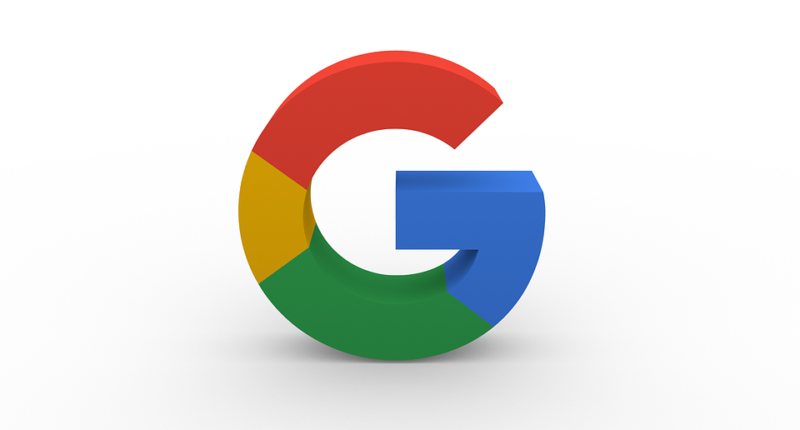After introducing the .new links, last year (which allowed you to instantly create new Google documents) Google is opening up the .new shortcut for the rest of the internet as well. With this feature, simply by typing ‘sheet. new’ or ‘doc.new’ would respectively create a Google spreadsheet and doc for the user. With the feature rolling out for the everyone, any organization or company can now register their own .new domain to generate a .new shortcut which will function in tandem with their respective web page.
Beginning January 14 2020, owners can register their trademarks with the .new domain and from December 2, 2019, anyone can apply for the domain within the registration period.
Some top ranked company’s have already started availing this feature, where Microsoft has its ‘word.new’ to create a new word documents and Spotify has ‘playlist.new’ for creating a new playlist on its app.
Google’s .new domain have been introduced citing advancements in users efforts, where they can directly get into action and create what they need, instead of visiting the site, signing in browsing through the menu and then reaching the creation part.
However, the .new domains are not as effortless as the ones Google created for itself. Since most of the Google users are already signed in with the service, using this domain to create new documents is very easy. However, it is not the case with all the services.
For instance, Medium’s ‘story.new’ will not let you create a new blog post instantly, unless you are already signed in with Medium. If you’re not, you will land at the sign up page for the app.
Meanwhile, Microsoft’s word.new, which competes directly with Google’s very own doc.new, is still not functional. Google has clarified that some of the shortcuts are still not ready, and will be available soon.
Some other associations with the service are:
- sell.new (eBay)
- canva.new and design.new (Canva)
- reservation.new (OpenTable)
- webex.new and letsmeet.new (Cisco WebEx)
- link.new (Bit.ly)
- invoice.new (Stripe’s dashboard)
- api.new (launch new Node.js API endpoints from RunKit)
- Coda.new (Coda)
- music.new (OVO Sound)
- repo.new (GitHub).
- podcast.new and playlist.new (Spotify)
The service does become slightly less relevant at times, considering the shortcuts may often make a user land on sign-up pages of websites, which are not that useful in everyday use. Unless of course, you are already signed in via Google. So in a way, this could very well help Google exert further influence over other platforms.
Domains like music.new for instance, which has been grabbed by Ovo Sound from Drake, should ideally take you to a big music streaming platform, but has completely different application. The domain is meant to create personalized song artwork for OVO Sound artist, which doesn’t make much sense in this context.
As per Google, any company with secure HTTPS connections, like .app, .page and .dev, can go ahead and apply for the .new domain.
